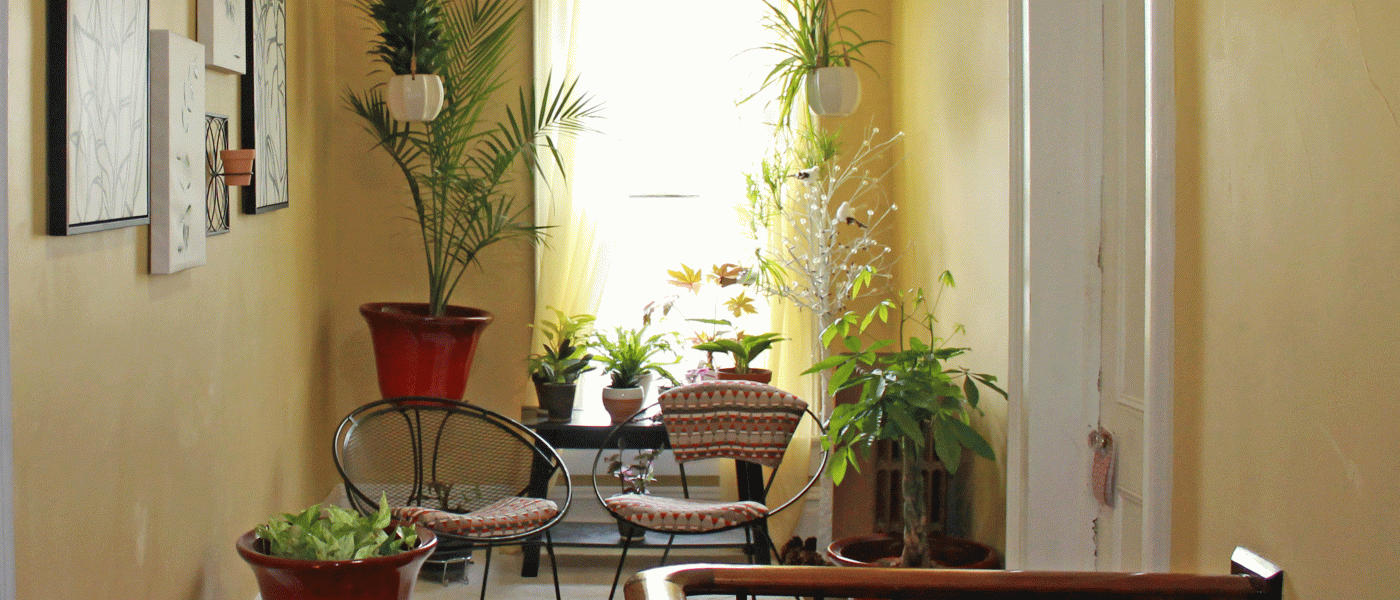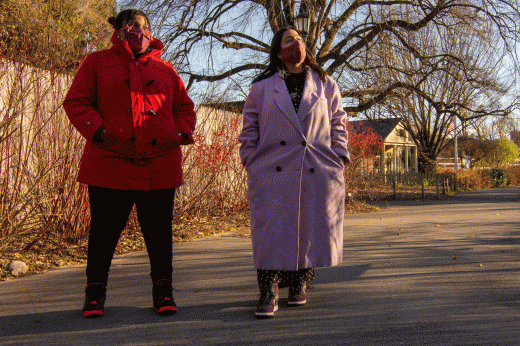Plants were rising stars before the pandemic took hold (arguably since the Ordovician period), but along with quarantining, face masks, the news, and Zoom meetings, a significant plant revolution has helped define the zeitgeist of the past year.
The pandemic shifted our perspective about our homes and forced us to take a look at what we personally need to thrive. This phenomenon happened globally, and with such fervor that plant sales have skyrocketed.
Social media reveals that the movement has reached every demographic, and shows us that people are reacting to their plants in ways as varied as the plants themselves. And one study showed that going through lockdown with indoor plants was correlated with a greater sense of well-being.

So why are people turning to plants more than ever before? Lisa Hass, a New Yorker who has been working from home since the pandemic began, explains her growing houseplant collection this way: “I’ve always picked them up here and there, but now that I’m home all of the time and live by myself, it’s something to take care of and watch their progress. Every day, I check all of my plants before I start work.” Hass brings up great points—during this time, plants have given many people a new routine, a chance to nurture living things, a sense of progress as they thrive, and more breaks from screen time while interacting with them.
Linda Dorsey of Palm Harbor, Florida, has taken to collecting plants outdoors in a patio garden, which now consists of ferns, ivies, spider wort, flowering perennials, and a few banana plants. “Patio plants, when I talk to them, don’t remind me that the world is falling apart, and they never expect me to wear a mask,” she says. “I think it has a lot to do with feelings of loss of control and hopelessness at being unable to plan for tomorrow because options outside the house are so limited.” To her, gardening seems a logical response to this illogical situation, and she likes the positive feelings she gets from interacting with her plants. It’s also an opportunity to bring serenity into a place where much of her time has been spent this year.

In some cases, the pandemic provided a chance to take a casual hobby even further. The market for houseplants and home gardening supplies had been steadily increasing even before the pandemic. “Retail lawn and garden is a $15 billion industry and one of the last major retail categories to see a major digital disruption,” says Justin Mast, CEO of online retailer Bloomscape. Their website shows a 22 percent engagement growth in the last six months—a significant jump.
The pandemic came just as frenzy for rare plants was hitting e-retailers like eBay and Etsy. According to the National Gardening Association, online plant sales grew 50 percent between 2016 and 2019. Certain coveted plants like the ‘Pink Princess’ philodendron (Philodendron erubescens) can now be found from $28 to $280, depending on size and type of variegation. Similarly, variegated monstera plants (Monstera deliciosa ‘Albo Borsigiana’ for instance) range from $40 to $10,000!
It’s not all a rare plant craze, though. We meet some our most basic needs by interacting with plants, and this year has also seen a substantial boom in food gardening. Facing food concerns (delivery disruptions, handling concerns, and loss of personal income), Americans have turned to edible gardening for food access, security, safety, and affordability. With millions unemployed or working from home, many have more free time to explore these options. In cities, members flocked back to community gardens as soon as they were allowed. Others grew vegetables in backyards and window boxes. Since last spring, the resurgence in victory gardens has been a verdant byproduct of the quarantine.
Some are even growing food indoors. Kristine McPeak of Marquette, Michigan, shares her dining room with a 58-inch-tall aeroponic tower garden. “I’ve taken an interest in growing my own vegetables,” she says modestly, but her elaborate garden tower of cherry tomato, basil, pepper, Bibb and romaine lettuce, Swiss chard, spinach, celery, and kale speaks for itself.

McPeak also finds the grow lights help with the seasonal affective disorder that sometimes comes with living in a cold northern climate. And the tower’s self-watering feature creates soothing noise that sounds like a little fountain when it trickles.
Not surprisingly, the trend has bubbled up on social media as more people are sharing tips and connecting virtually with other plant lovers. Pinterest, Reddit, Twitter, YouTube, and TikTok abound with recent plant care videos from people of all ages and socio-ethnic backgrounds. Plant care apps are now abundant, and dedicated to answering multitudes of houseplant questions. Instagram boasts a particularly plentiful plant network (say that three times fast).
All platforms feature an eclectic mix of growing information, gardening hacks, and individual passions. “Cinnamon is pretty much like magic for plants," enthusiastically shares TikTok star Armen Adamjan. “You can clone almost any plant just by coating the stem of a cutting.”
Exuberance like his is brilliant, happy, and secure, and seems to reach out of the grief, loneliness, and uncertainty this pandemic has brought. It’s something so many people share and brings much joy. Even when the pandemic subsides, the joy derived from cultivating plants will last as one happy consequence.
- A sense of control in uncertain times
- The opportunity to bring nature home during a time when many parks were closed and trips canceled
- Escape from life’s anxieties
- A sense of serenity in the place where we now spend much of our time
- Food security and nourishment
- A sense of well-being from nurturing living things
- Enthusiasm from finding a new passion



